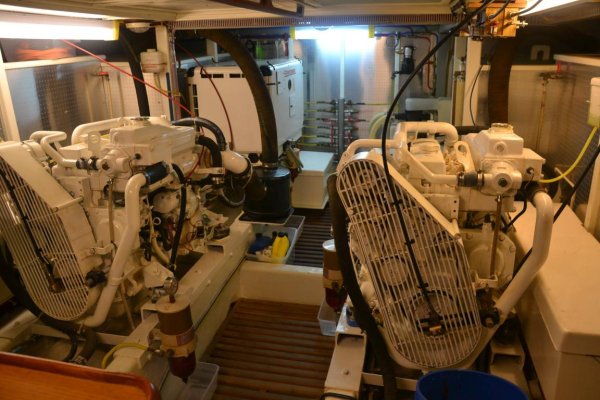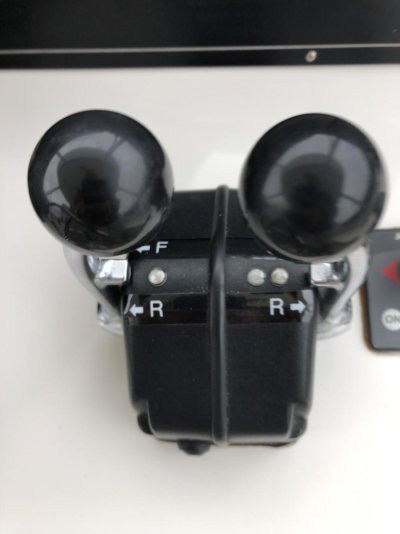- Joined
- Oct 1, 2007
- Messages
- 7,331
- Location
- Texas
- Vessel Name
- Floatsome & Jetsome
- Vessel Make
- Meridian 411
I struggle not to type "prop sync"...but alas.... I know Glendenning is the leader in this market segment. I just bought me a new boat(to me) and it has a pair of twin Cummins 6CTAs that I am thrilled about. THe one issue is I struggle to sync them by ear. The friction on the power levers are a little loose....not sure if that is the issue. But damn it drives me crazy.
Sooooo....first off, I am curious as hell how this system works on mechanical engines. In my head it seems like it would be very complex....but obviously it is not. Second off....is it expensive and/or dificult to install?? Like I said, my new-to-me boat is impossible to sync. THanks in advance.
Sooooo....first off, I am curious as hell how this system works on mechanical engines. In my head it seems like it would be very complex....but obviously it is not. Second off....is it expensive and/or dificult to install?? Like I said, my new-to-me boat is impossible to sync. THanks in advance.




